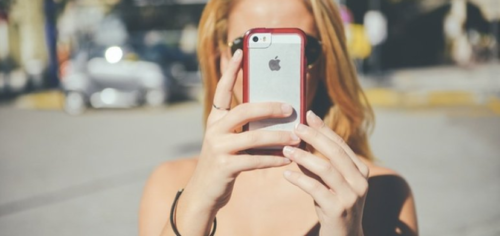Maryn Cannon
Category: Strategy
04.05.2018
Social Media Marketing
Study: Mid-tier Creators Prove More Engaging, Trustworthy Than Both Celebs and Microinfluencers
Content creators who are either “digital trailblazers” with 1 million to 19.9 million social media followers or “emerging voices and rising stars” with 250,000 to 999,000 followers outperform both celebrities — those with 20 million or more followers — and microinfluencers — individuals with less than 250,000 followers — according to new research by Fullscreen and Shareablee made available to Marketing Dive.

Consumers are placing increasing trust in the opinions and endorsements of social influencers. Given this trend, brands should seek to build relationships with influencers that can help them meet their marketing goals. In selecting the ideal influencer, brands should keep in mind that customers are drawn to influencers that resemble their friends. Because of this, “mid-tier” influencers (influencers that occupy the gray area between big-time celebrities and niche small-scale experts) are perceived by consumers to be the most trustworthy and engaging.
Brand Strategy
Report: When to Mention Your Brand in Your Content
A recent Pressboard study of branded content revealed that although transparency is important, content marketers and copywriters shouldn’t cross the line into overt promotion. After evaluating more than 300 pieces of brand content, Pressboard reported that articles in which the organization sponsoring it was mentioned in the first 100 words carried an average reading time of 56.2 seconds. That’s considerably less than the average reading time of 68.1 seconds — the benchmark for articles where the organization was mentioned after the first 300 words.

While brands should be transparent when they are sponsoring content, the most successful brands walk the fine line that separates self-promotion and complete concealment. Sponsored content should be labeled as such, but brand promotion should be minimized. If the content is engaging and attractive, consumers are comfortable listening to a brand — especially if the brand tells a strong story.
Marketing Strategy
What it Really Takes to Earn Millennial Loyalty
Millennials are now the largest generation living in the U.S. and collectively have an annual spending power of $600 billion. 80% of Millennials already participate in loyalty and rewards programs, however, they have the latitude to choose and participate in programs that work best for their lifestyles. Millennials may be the most brand-loyal generation, but it is imperative to note that Millennial loyalty is highly selective and they lean away from the traditional punch-card programs based on the number of visits to a store that have long been a staple loyalty program.

Unlike previous generations, Millennials aren’t necessarily drawn to monetary reward programs. Brands have to think outside the box in order to acquire and satisfy Millennials. In developing a Millennial retention strategy, keep in mind that they show the most loyalty toward brands that offer genuine experiences, engage with them through various platforms, and offer high levels of convenience.